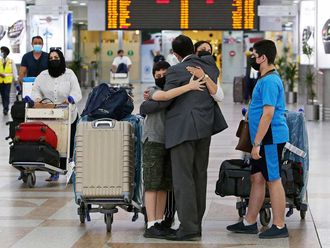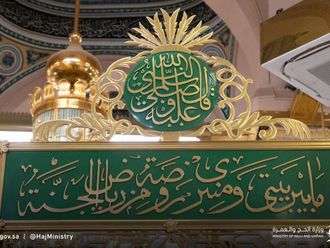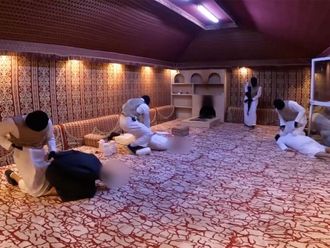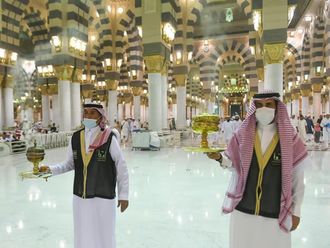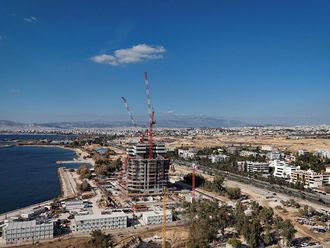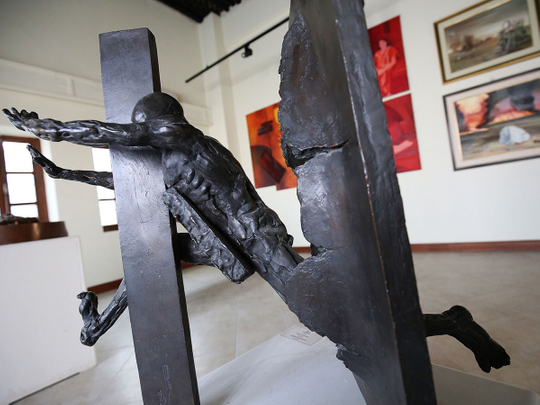
Kuwait City - Kuwaiti sculptor Sami Mohammad finished his towering statue of the country’s first emir over four decades ago, but now it just gathers dust unseen in a long-shuttered office block.
Obstructed by social norm that bans representations of the body, the 75-year-old faces any artist's nightmare: he can't get his work displayed to the public in his homeland.
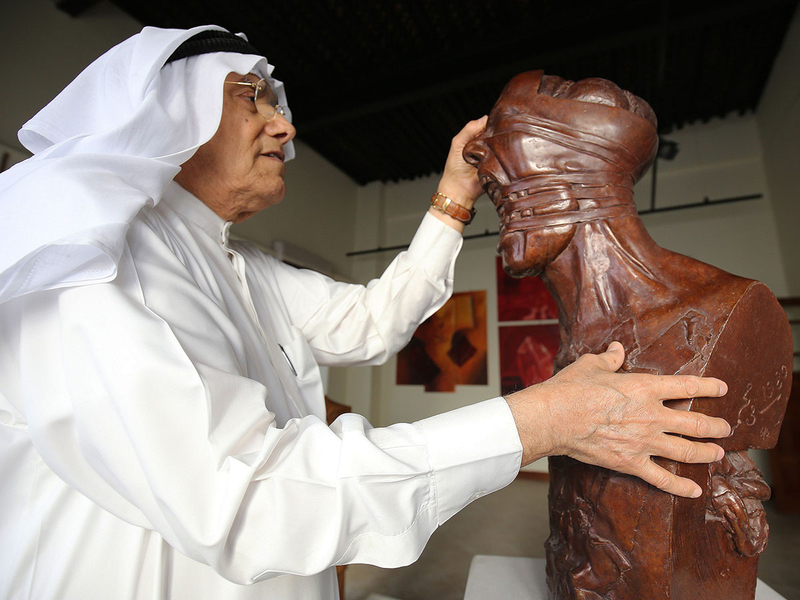
Like other sculptors in the Gulf state 75-year-old bristles at claims that his creations constitute idol worship and urges the authorities to push back against demands he sees as outmoded.
“We have to get past these issues because the human, the individual, has reason and thought, and it’s really not possible that we would go back to worshipping idols,” Mohammad, himself a devout Muslim, tells AFP.
“We no longer live in a time of ignorance. We live in the era of technology.”
Like Christianity and Judaism, Islam bans idol worship, but some Muslims go further and forbid any representation of the human form.
While there is no law in Kuwait that explicitly prohibits the display of sculptures or statues in public places, the country has an influential circle of conservatives that has pushed to lock them up. and the debate have been going on since ever.
Kuwait’s Museum of Modern Art is a prime target. It opened in 2003 and boasts multiple statues of people by Kuwaiti artists in its collection. But they all sit behind closed doors, hidden from the public eye, as a debate centring on Islam and art rages.
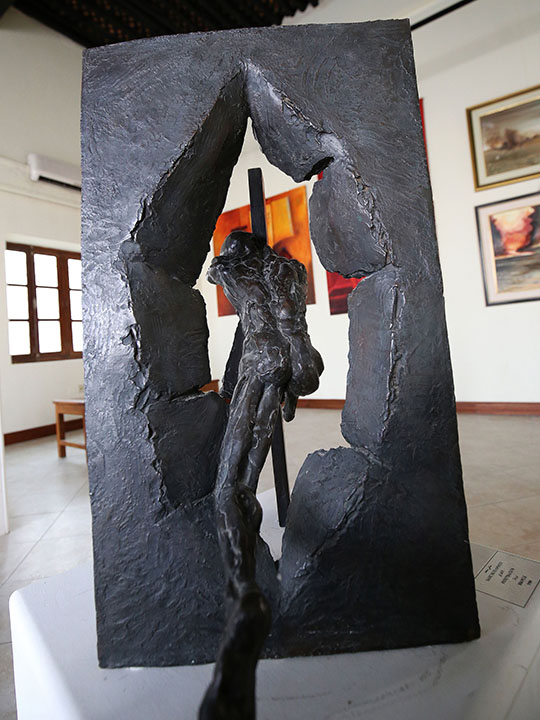
Artist Badr Fadel Alemdar, 42, is convinced he knows the reason sculptures are being hidden. He says “fear” among officials of clashing with conservatives prevents his work from seeing the light of day.
“The working environment for us is uncomfortable because some see the art of sculpting as blasphemy, especially if it is statues of famous people,” he said, adding that he has been attacked in the past over his creations.
The passions over the issue were highlighted recently by disagreements among Kuwaiti lawmakers.
In September legislator Mohammed Hayef Al Mutairi called on the government to stop local artists from making statues. But fellow MP Ahmad Al Fadel dismissed this view as “backward”.
Fadel in another instance also lashed out at those who wanted to close a shop because it was selling printed 3D figurines. “I want to know how long this backward mindset can continue,” Fadel said in a video posted online. Adding "This is a country of freedoms ruled by law, you're still talking about idols? What you should do is find a cave and stay there."
'Get used to it'
Arguments over the representation of the human form in the Muslim world are by no means limited to Kuwait. At the most extreme end the Daesh smashed up and pillaged artworks they deemed sacrilegious across Iraq and Syria.
In 2013, French football legend Zinedine Zidane found himself unwittingly at the heart of a dispute in the Gulf state of Qatar. The installation of a statue depicting Zidane’s infamous headbutt of Italian Marco Materazzi by Algerian-born artist Adel Abdul Samad triggered a wave of complaints on social media.
Elsewhere though there have been signs of greater acceptance.
In Abu Dhabi, visitors can marvel at priceless sculptures in the Louvre Abu Dhabi which opened last year.
_resources1_16a085168d9_original-ratio.jpg)
And even Saudi Arabia in September launched an exhibition of Chinese art that included the famed terracotta warriors.
For Bader Al Daweesh, an official at Kuwait’s National Council for Culture, Arts and Literature, these steps means there are reasons to be positive about the potential for change in his country.
“People will get used to it - to seeing statues - in the future,” he argues.
And, despite his frustrations, artist Sami Mohammad also continues to live in hope that his work will find a place in his homeland. “Kuwait cannot separate itself from the rest of the world,” he says.
“Kuwait cannot separate itself from the rest of the world,” he says.




